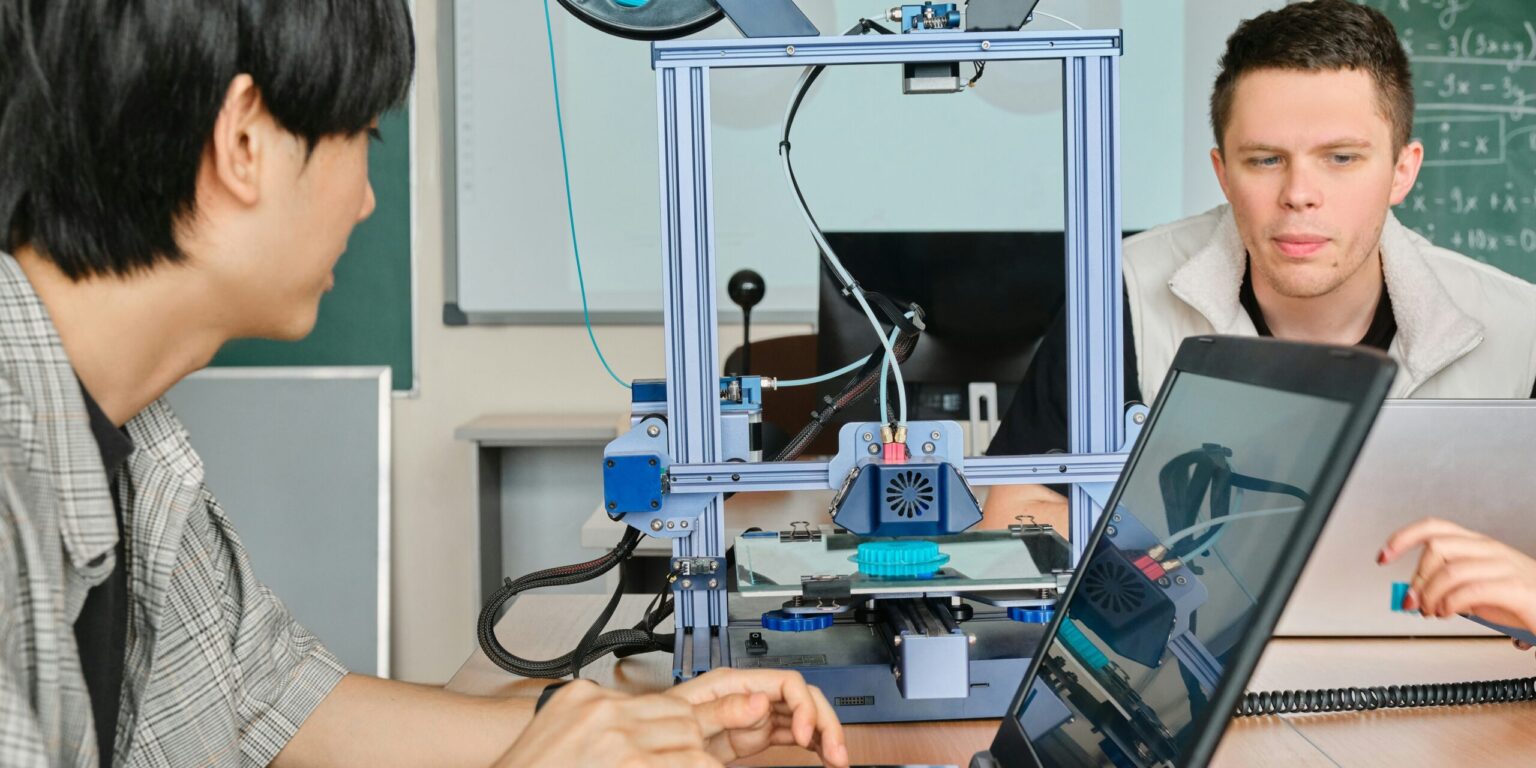In a significant advancement for diabetes care, scientists have successfully 3D-printed functional human pancreatic islets—clusters of insulin-producing cells—using a novel bioink. This development, unveiled at the European Society for Organ Transplantation (ESOT) Congress 2025 in London, offers promising prospects for more effective and less invasive therapies for individuals with type 1 diabetes.
The research team, led by Dr. Quentin Perrier of Wake Forest University School of Medicine, utilized a customized bioink composed of alginate and decellularized human pancreatic tissue. This bioink closely mimics the pancreas’s natural environment, providing essential support for the islets’ survival and function. The 3D-printed islets demonstrated over 90% cell viability and maintained robust insulin responses to glucose for up to three weeks in laboratory conditions .
Traditional islet transplantation methods involve infusing donor cells into the liver, a procedure that often results in significant cell loss and limited long-term success. In contrast, the 3D-printed islets are designed for subcutaneous implantation, requiring only local anesthesia and a small incision. This minimally invasive approach could offer a safer and more comfortable option for patients .
To preserve the delicate structure of the islets during the printing process, the researchers fine-tuned key settings, employing low pressure (30 kPa) and a slow print speed (20 mm per minute). This careful approach reduced physical stress on the islets, helping them maintain their natural shape and function. The printed constructs featured a porous architecture that enhanced the flow of oxygen and nutrients, promoting cell health and vascularization—both critical for long-term survival after transplantation .
Dr. Perrier emphasized the significance of using real human islets in the bioprinting process, stating, “This is one of the first studies to use real human islets instead of animal cells in bioprinting, and the results are incredibly promising. It means we’re getting closer to creating an off-the-shelf treatment for diabetes that could one day eliminate the need for insulin injections” .
The team is currently conducting animal model testing and exploring long-term storage options, such as cryopreservation, to make the therapy widely available. They are also investigating alternative sources of insulin-producing cells, including stem-cell-derived islets and xeno-islets from pigs, to address donor shortages .
This breakthrough in 3D bioprinting technology represents a critical step toward personalized, implantable therapies for diabetes. If clinical trials confirm its effectiveness, it could transform treatment and quality of life for millions of people worldwide.
